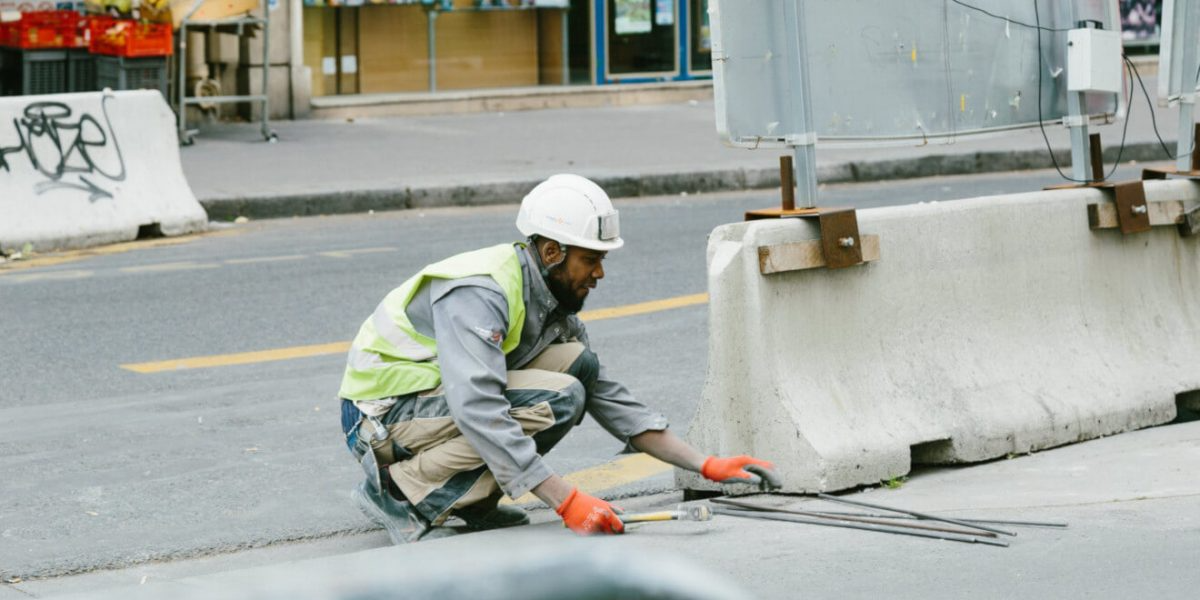
Road Construction
Introduction
The methods of constructing roads have changed a lot since the first roads were built around 4,000 BC – made of stone and timber.
The first Roman roads were stone paved, built in North Africa and Europe for military operations. Road construction techniques were gradually improved by the study of road traffic, stone thickness, road alignment, and slope gradients, developing to use stones that were laid in a regular, compact design, and covered with smaller stones to produce a solid layer.
Modern roads tend to be constructed using asphalt and/or concrete.
Very broadly, the construction of roads can be described by three processes:
- Setting out
- Earthworks
- Paving construction
Setting out
A commonly used setting out procedure is the profile board method. A series of boards that show the exact level 1 metre above the completed construction level are placed at intervals along the proposed line of the road. A profile board with a fixed height, called the traveller, is used for controlling the excavated levels between these profile boards. By placing the traveller in the sight-line between two level boards, it can be seen whether or not the excavation has been carried out to correct levels and adjusted accordingly.
Earthworks
Earthwork is one of the major works involved in road construction. It involves the removal of topsoil, along with any vegetation, before scraping and grading the area to the finished ‘formation level’. This is usually done using a tractor shovel, grader or bulldozer. Below the formation level, the soil is known as the ‘subgrade’. It is essential that the strength of the subgrade is tested prior to earthwork beginning.
Paving construction
Once the subgrade has been prepared and drainage or buried services installed, the paving construction can begin. Paving can be either flexible or rigid. There are pros and cons to each type, with one being selected over the other depending on the specific needs of a project.
Rigid pavements tend to have lower maintenance costs, a longer design life and higher flexural strength; but flexible pavements tend to have lower construction costs and have a higher ability to expand and contract with temperature and so do not need expansion joints.
Why Choose Our Service?
Expert People
Our award winning expert teams are working on the world’s most high-profile developments.
Quality Work
Our professional makes sure that quality of the work is not compromised at all.
Certified Company
Our company is certified to CMCI which makes sure that we provide quality work.
24/7 Support
We know the technology tools that companies in the construction industry rely on every day.